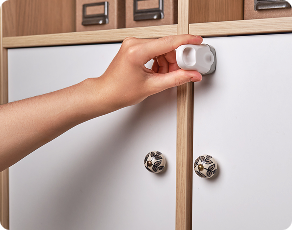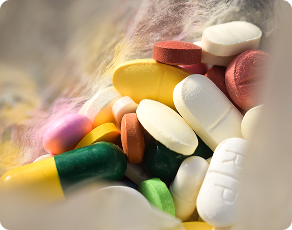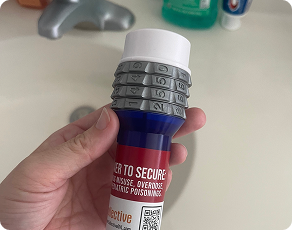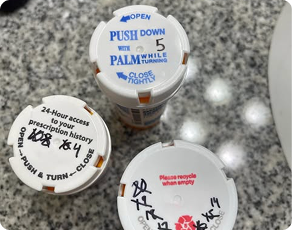Drug Safety
Common Prescription Opioids
Even though these powerful medications can be a vital, life-changing medication to those living with chronic pain, they should only be used with extreme caution.
- Actiq
- Astramorph
- Codeine
- Conzip
- Demerol
- DepoDur
- Dilaudid
- Duragestic
- Duramorph
- Endocet
- Exalgo
- Hydrocodone
- Hydromorphone
- Fentanyl
- Lorcet
- Lortab
- Meperidine
- Morphine
- MS-Contin
- Norco
- Oxycodone
- OxyContin
- Oxecta
- Percocet
- Roxicet
- Roxicodone
- Tramadol
- Ultram
- Ventura
- Vicodin
5 million
pain killer prescriptions are filled in South Carolina each year.
4/5
heroin users started with Rx pain pills.
1 in 4
people who are prescribed opioids struggles with addiction.
LOOKING FOR MORE DATA?
See More DataTips for safe storage

Keep locked away
Take prescription medicines out of the medicine cabinet and secure them in a safe place only you know about, preferably a locked cabinet that others cannot access.

No loose pills
Prescription opioids should only be kept in the bottle provided by your pharmacy.

Always secure after use
After taking your prescribed dose of a prescription opioid, immediately return the bottle to a locked cabinet or other safe place.

Keep track of quantities
Knowing how many of your prescribed opioids you have taken – and how many remain in the bottle – will help you know if any have been taken by someone else.
NALOXONE SAVES SOUTH CAROLINA
NaloxoneSavesSC.org was designed to educate pharmacists and the public about South Carolina's law allowing pharmacists to dispense Naloxone to persons without a prescription.
ALTERNATIVES TO OPIOIDS
Alternatives to opioids for pain relief include over-the-counter acetaminophen, NSAIDs, corticosteroids, neurostimulators, injections, exercise, physical therapy, massage, acupuncture and chiropractic care.
Download campaign resources from our toolkit
